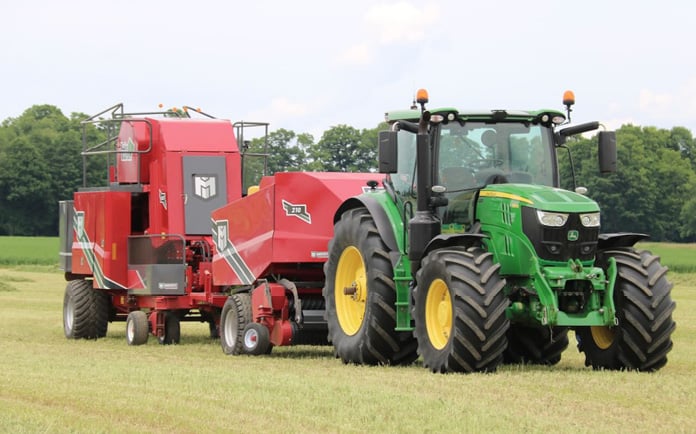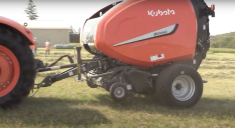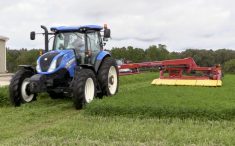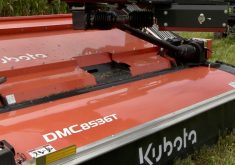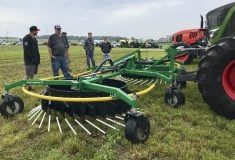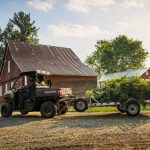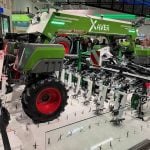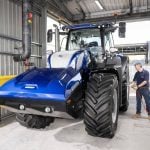No small square balers on the market could keep up with Marcrest’s Bale Baron bale packager, so the company built one.
The Listowel, Ont., company showcased its new 210 baler at the western edition of the Ontario Forage Expo in Gorrie on July 4.
Keith Horst, engineering manager with Marcrest, says the new baler has a capacity of more than 1,000 small square bales per hour, in straw or dry hay, which can match the capacity of the Bale Baron. The Bale Baron packages small square bales into a larger bundle that can be moved with a loader.
Read Also
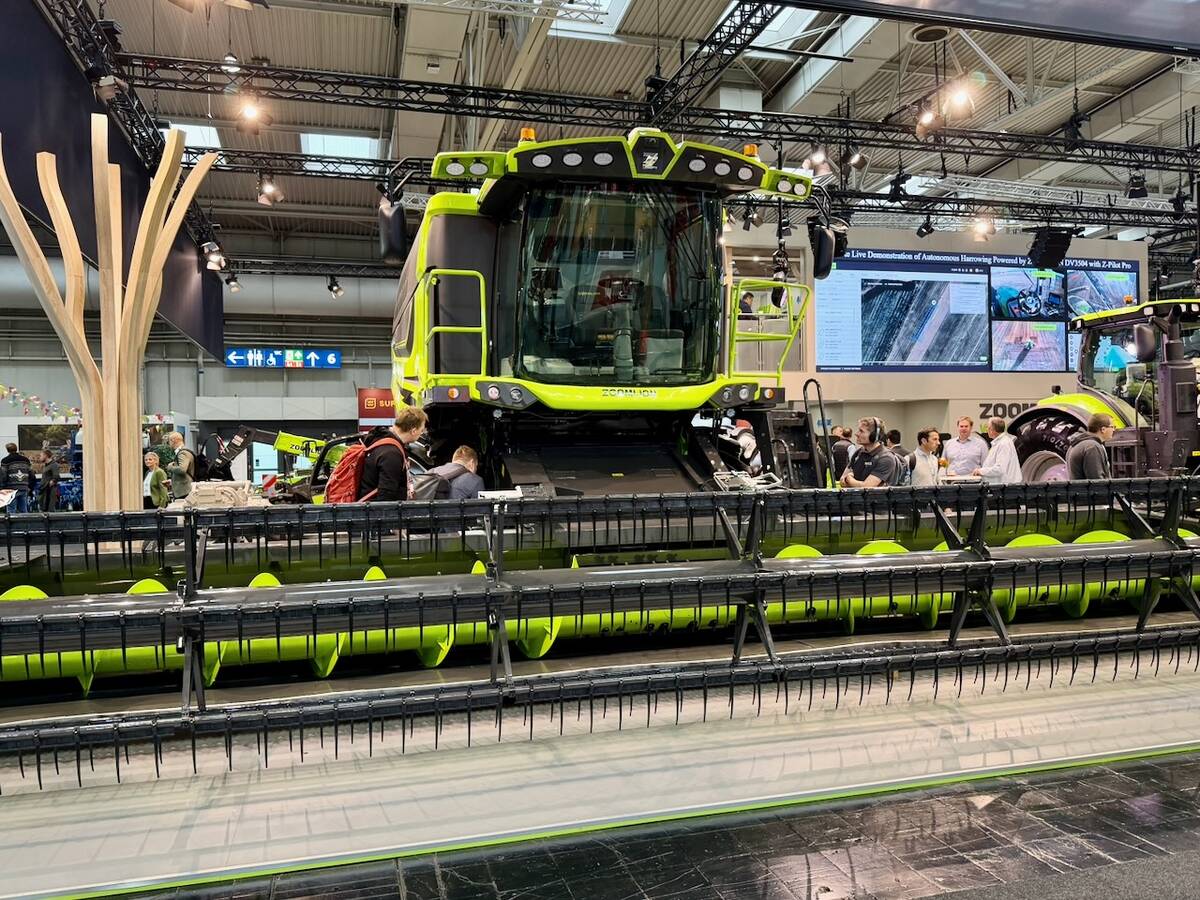
Agritechnica 2025: Day 3
Zoomlion’s diesel-electric hybrid combine drives draws interest, data standards look to keep up to technology change and tractors of the year are named at German farm show Agritechnica 2025.
“We just wanted to build something that had higher capacity,” said Horst during the Forage Expo, where the baler was on display and demonstrated. “It’s heavy duty and is going to last longer.”
The heavier build is seen throughout the baler in gear boxes, the fly wheel and the amount of steel. The 11,000-pound baler weighs more than other small square balers and as much as many round balers.
Horst says the baler costs more than traditional small square machines, but for commercial hay producers in particular, it will make sense for its productivity and durability.
There are numerous ways to customize bales by weight and by flake number, all from the cab. The monitor shows flake count and bale length and the company is working on a scale that can monitor weight. A Harvest Tec moisture meter can be integrated if desired.
The baler is similar to large square balers, with its ability to customize bales, its straight-through feeding of hay, hydraulic controls and capacity to hold a lot of twine. Hydraulics manage many functions, including the pickup, knotter fan and chamber tension.

The baler has several ways to manage high-capacity hay. The camless pickup is hydraulic driven and matches the ground speed of the tractor. The augers feeding the rotor have a torque clutch. The augers will keep working on the hay, and the power take off can be turned off and then on again to force a slug through.
The rotor also has a torque clutch that will kick through a slug of hay when the p.t.o. is stopped and started again.
The focus is on making high-quality bales of standard size — 14 inches by 18 inches by 32 inches — and the baler applies three rows of string.
“Three strings just to help hold the bale together better, and for higher density, three strings will help hold it together better and the benefit is if you lose one of them, then you have two strings and the bale will hang together,” says Horst.
Adjustable bale chamber tension allows a variety of bale weights. In alfalfa, that could be 80 or 90 lb., but it will also put out more standard 45 lb. bales. The tension is adjusted from the tractor cab.
The baler uses a tailless knotter, a common design in Europe that limits the irritating snippets of twine that end up in feed or in the field.
Marcrest is known for the success of its Bale Barons, used by commercial hay producers to make bundles of small square bales in the field, which then can be managed like large square bales.
The 210 baler is made to complement the Bale Baron, but it can also be used with other high-capacity accumulators.
“The capacity-wise is where it really shines,” says Horst. “Flake to flake, we’re 20 per cent faster than the competition. Given it’s heavy duty and it can take more in, we like to say about 50 per cent more capacity than the others.”
That means it can max out at 1,000 to 1,200 bales per hour.
“That’s what will keep the Bale Baron busy.”
Marcrest expects to have 10 balers working in the field this year and is taking orders for a limited production run for delivery in 2025.




